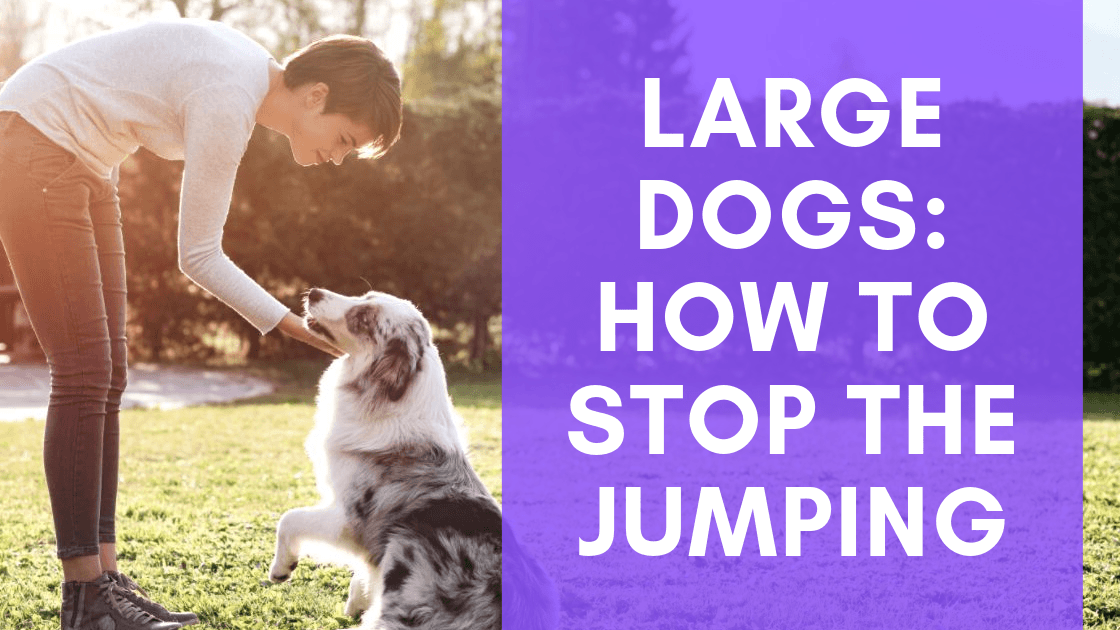An excellent way to exercise and bond with your dog is by running with them. If you are already a runner yourself, your dog is the ultimate running buddy. They’ll never cancel or be too busy to join you on a run, and their exercise needs will keep you motivated and accountable too. It’s a win, win!
Teaching your dog to run with you isn’t complicated, but before you get out there for your first run, it is a good idea to have some tips and tricks up your sleeve. This will make running with your dog more enjoyable and, most importantly, safer.
If you are new to running, just like your dog, this is definitely an endeavor you can take on together! Like a new human runner, dogs need to work up their distance and endurance slowly.
We’ll talk about the right way to build up your dog’s running endurance, red flags that your dog needs a break, training tips, and other tricks to help running with your dog go as smoothly as possible.
Master loose leash walking before running with your dog
As the old saying goes, you have to walk before you can run, right? Well, this saying can be applied quite literally to the process of teaching your dog to run with you.
There’s nothing more frustrating than walking a dog that is constantly pulling. Add running into the mix and you have a potentially dangerous situation. Before you start running with your dog, dedicate some time to training your dog to walk on a loose leash.
To teach your dog loose leash walking, here are some helpful tips:
- Exercise your dog in another form before beginning a leash training session. A tired dog will be more attune to training and will more easily stop pulling
- Use the “Be a Tree” method. Do not move forward with your dog if the leash is taut
- Use positive reinforcement when the leash is loose and your dog is walking next to you by giving tiny treats every 10-30 seconds
If your goal for teaching leash walking manners to your dog is ultimately to run with them, you should take your leash training a step further.
To set your dog up for running success, make sure they:
- Walk with a loose leash, consistently on one side of you. Most trainers use the left side
- Know and respect a “leave it” command when they start sniffing something during a walk
- Listen to you and have relatively strong basic training commands (sit, stay, come) which may be necessary during unsafe situations
Teach your dog a phrase to let them know it’s time for a faster pace
Once you’ve got a great leash walker, you can start to condition your dog to run with you through more leash training. In this case, you’re not quite taking your dog on a run yet, but teaching them some commands and cues that will make the experience more enjoyable.
While walking your dog on a leash, begin to teach them a cue that indicates a faster pace. This might be, “let’s go”, “faster”, or “run time”. Whatever you choose, be consistent. In the beginning, say the command and quicken your pace for a very short time. Return to a normal walking pace and reward them if they handled the faster speed well.
Practice this in short bursts to get them used to increasing their speed, while still matching your pace and keeping a loose leash. All of this will make the runs go much smoother. You might also want to teach a slowdown cue to let your dog know you are returning to your walking pace.
Give your dog a warm-up and cool down
When you’re feeling confident in your dog’s leash manners, and your dog is mature enough (see below), you’re ready to take them on their first short run. But don’t just run out the door. Just like your body benefits from a warm-up and cool-down, so does your dog's.
Start your run with a 10-15-minute walk to get your dog’s muscles warmed up, then you can increase to a jogging pace. After your run is over, be sure to spend 10 minutes walking again to cool down. Some sources even recommend helping your dog stretch after a run.
Build up your dog’s running endurance
You can’t expect your furry friend to run 6 miles on their first day out, even if they are a healthy weight and fit dog. It takes time to build up to that level of endurance. Start building their endurance by adding short bursts of running or jogging to your regular walk.
Over the course of a few weeks, build-up your dog’s endurance to run for 20 minutes straight. From there, you can begin to increase mileage every few weeks, but always pay attention to your dog’s cues for when they have had enough (more on that below!).
If you are also new to running, you and your dog can learn to increase your running endurance together.
Know when your dog has reached their limit
Whether your dog is at the point of being a seasoned running buddy or just starting out, knowing the signs that it’s time for Fido to take a break is important. Dogs will often push through discomforts like pulled muscles and being overheated, so it’s important that we look out for them.
I have a few friends that are long-distance runners who run with their dogs. They have shared stories of minor injuries in their dogs because they pushed them a little too far.
Now, one of my friends purposely plans his route to drop his dog off at the house after 3 miles while he continues on. She can likely run further than that, but after seeing her with a badly pulled muscle he says it’s not worth the risk.
So what are the signs your dog has had enough?
- Heavy panting with a wide open mouth and tongue outside of their mouth
- Beginning to lag behind you slightly or slow their pace
- Stopping completely, sitting or trying to lie down
If you see these signs, it’s time to slow down and likely end the run. Remember to offer your dog plenty of water after a run and especially if you see these signs that they might have gone a little too far.
Related reading: How to Keep Your Dog Cool in the Summertime
Take designated breaks, no matter the distance of the run with your dog
Remember that your dog’s main way of cooling down is through panting so taking designated breaks is important to give them a chance to cool down before another sustained length of running. As long as your dog’s panting looks like, or quickly returns to, panting with their tongue inside their mouth it is likely okay to continue the run.
Additionally, time outside exercising is also a time for your dog to relieve themselves and have some sniffing time. So be sure to take breaks and allow your buddy to engage in these behaviors. Don’t forget to have a plan in case they poop!
Consider trail running vs. road running with your dog
Continuous running on roads or sidewalks can cause long term damage to your dog’s joints and immediate damage to their paws. It’s probably not great for your joints either.
Challenge yourself to check out some new running spots that involve running on trails or grass to help switch it up.
Don’t start running with your dog when they’re too young
No matter how eager you are to get out there with your new running buddy, it’s very important not to start running with your dog when they are too young. You can cause serious and irreversible joint and other development damage.
The best way to know when it’s okay to begin running and heavily exercising your puppy is to talk to your vet, but a general guideline is to wait until they are around 8 months.
You’re ready to enjoy running with your dog!
With these guidelines, you’ll be ready to run safely and confidently with your dog. Most important are to make sure they have good leash etiquette before you begin running together, to build endurance slowly, and always look for cues that your dog has had enough.
If you’re looking for other ways to exercise your dog don’t miss:



